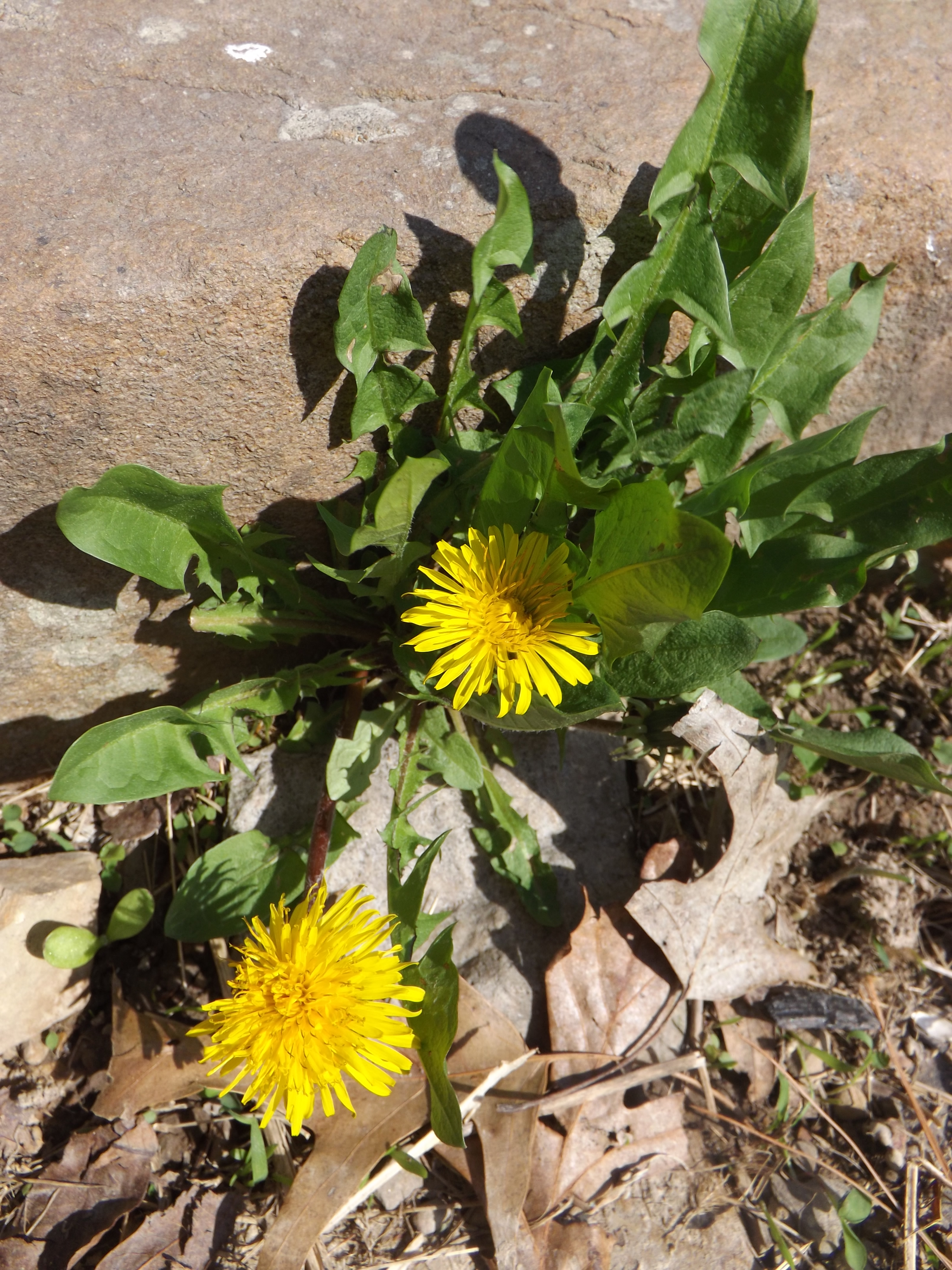The upcoming apparent action in automated plant species identification and lots of other equipment learning difficulties was eliminating an specific determination about capabilities to be explained fully. In the final a long time, deep discovering CNNs have viewed a major breakthrough in computer system eyesight owing to the availability of successful and massively parallel computing on graphics processing models (GPUs) and the availability of massive-scale impression info essential for instruction deep CNNs with hundreds of thousands of parameters [ ). Table 1. Model-primarily based solution Design-cost-free technique Deep learning Dataset Accuracy Writer Precision Writer Precision Author Swedish leaf eighty two. % [30] ninety three. seven% [26] ninety nine. 8% [18] Flavia ninety. 3% [24] ninety five. nine% [27] ninety nine. 7% [31] Leafsnap seventy three. % [fourteen] seventy two. 6% [20] ninety seven. six% [20] ICL eighty three. 8% [32] ninety one. 3% [32] 93. nine% [21] Oxford Flower 17 – – ninety one. 8% [29] 96. 6% [22] Oxford Flower 102 – – 90. 2% [28] ninety six. six% [23]Challenges in image-centered taxa >In giving a responsible and applicable automated species identification course of action, researchers require to contemplate the subsequent main difficulties: (a) a wide amount of taxa to be discriminated from goigle pixel camera plant identification 1 a further (b) persons of the same species that differ vastly in their morphology (c) distinctive species that are incredibly related to just one a further (d) specimen or other objects that are not coated by the trained classifier and (e) massive variation induced by the impression acquisition course of action in the industry. Large range of taxa to be discriminated. The world reveals a really huge selection of plant species. Distinguishing amongst a substantial selection of lessons is inherently a lot more elaborate than distinguishing involving just a several and ordinarily necessitates significantly extra training info to achieve satisfactory classification efficiency.
Even when proscribing the focus to the flora of a area, 1000’s of species require to be supported. For instance, the flora of the German state of Thuringia displays about one,600 flowering species [33].
Equally, when proscribing the target to a single genus, this might nonetheless comprise lots of species, e. g. , the flowering plant genus Dioscorea aggregates around 600 species [17]. Only a handful of scientific studies with these types of huge figures of types have been done so far. For instance, the important “ImageNet Substantial Scale Visual Recognition Challenge 2017” consists of 1,000 categories that go over a wide selection of objects, animals, scenes, and even some summary geometric concepts these kinds of as a hook or a spiral [34]. Large intraspecific visual variation. Plants belonging to the exact same species may perhaps show substantial variances in their morphological features dependent on their geographical locale and different abiotic elements (e. g. , dampness, nourishment, and light-weight ailment), their progress phase (e. g. , distinctions in between a seedling and a totally formulated plant), the year (e. g. , early flowering stage to a withered flower), and the daytime (e. g. , the flower is opening and closing during the working day). These alterations in morphological features can manifest on the scale of particular person leaves (e. g. , space, width, duration, shape, orientation, and thickness), bouquets (e. g. , dimensions, shape, and shade), and fruits but may possibly also have an effect on the total plant.
- Which type of vegetation is shots?
- How will you identify a vegetation?
- How can you recognise basic backyard garden factories?
- What exactly some kinds of leaves?
- PlantSnap: the latest product for determining house plants
- What shrub will it be id secret?
What is a drug free detection important?
Examples of visual discrepancies of flowers for the duration of the daytime and the period are supplied in Fig ), a common plant in grassy areas, ranges from big overall or dentate lanceolate ground leafs about deeply lobed and virtually pinnate stem leafs to small and all over again lanceolate and total upper stem leafs. On top of that, conditions frequently have an impact on the area of leaves, ranging from discoloration to distinctive marking, while insects normally change a leaf’s shape by consuming sections of it.
